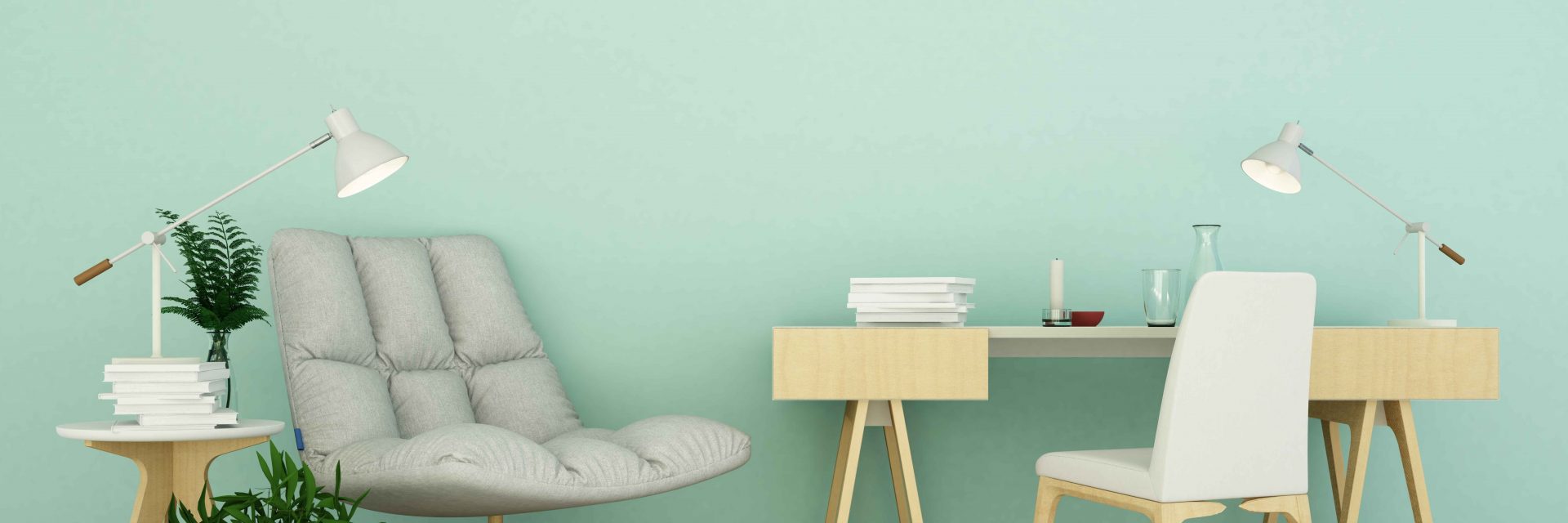Get Ready To Freshen Your Home By Adding A Dosage Of Classic Charm And Distinctive Character Through The Craft Of Distressed Paint
Get Ready To Freshen Your Home By Adding A Dosage Of Classic Charm And Distinctive Character Through The Craft Of Distressed Paint
Blog Article
Material Writer-Laursen Mullen
Creating a vintage troubled paint look in your home includes a cautious balance of shade option and application techniques that evoke a feeling of history and personality. By comprehending the subtleties of distressing techniques and just how they communicate with various surfaces, you can transform your room into a place of antique attraction. From refined deterioration to much more obvious aging impacts, the art of attaining a distressed paint surface supplies a realm of opportunities for instilling your home with an unique, timeworn beauty that mesmerizes the eye and sparks interest.
Choosing the Right Paint Colors
When picking paint shades for attaining a troubled look in your home, it is important to take into consideration tones that match the vintage aesthetic you intend to create. To accomplish a troubled paint look, opt for shades frequently related to aged or weather-beaten surfaces.
Neutral tones like soft whites, creamy off-whites, muted grays, and earthy browns work well to produce a sense of history and antiquity. These colors supply a subtle background for the troubled impact to beam through, giving your area a timeworn appeal.
For a more rustic or farmhouse feel, think about integrating much deeper tones such as navy blues, woodland greens, or rich burgundies. These darker hues can include deepness and heat to your troubled finish, evoking a relaxing and inviting ambience similar to quaint appeal.
Furthermore, pastel tones like soft blues, flush pinks, or pale yellows can bring a delicate touch to your troubled appearance, best for creating a shoddy stylish or cottage-inspired setting. Keep in mind, the key is to select colors that enhance the vintage vibe you desire to achieve in your home.
Prepping Your Surface areas
Correctly preparing your surfaces is vital to accomplishing a perfect distressed paint search in your home. The very first step in prepping your surface areas is to guarantee they are clean and without any dirt, grease, or old paint. Make use of a light detergent or a degreaser to thoroughly clean up the surface areas and permit them to completely dry completely prior to proceeding.
After cleaning, inspect the surface areas for any type of imperfections such as splits, openings, or irregular areas. Fill out any fractures or holes with spackling compound and sand down any type of rough spots to produce a smooth base for the paint.
Next off, it is necessary to prime your surface areas before using the distressed paint. Guide aids the paint adhere better to the surface area and gives an uniform base for the paint shade. Select a primer that is suitable for the surface area you are working with, whether it's wood, metal, or drywall.
Finally, think about sanding view it now to develop a slightly harsh structure that will boost the troubled look of the paint. Sand along the sides and edges where all-natural wear and tear would strike mimic an aged appearance.
Complying with these actions will make sure that your surfaces are appropriately prepped for achieving a beautiful distressed paint surface in your home.
Traumatic Techniques & Tips
To attain an authentic distressed paint look in your home, understanding different upsetting strategies and integrating practical tips is crucial.
One reliable strategy is dry cleaning, which involves using a small amount of paint to a completely dry brush and gently sweeping it over the surface to produce a weathered result.
painting window trim exterior preferred method is sanding, where sandpaper is made use of to carefully get rid of layers of paint, disclosing the underlying shades and adding a used appearance.
For an extra rustic look, take into consideration using a snap tool in between coats of paint to attain a split finish similar to aged paint.
In addition to these methods, there are some vital tips to keep in mind when upsetting paint.
Start with a skim coat in a different color to ensure that it looks via when distressing.
Experiment with various tools such as sandpaper, steel woollen, and even a wet cloth to attain varying degrees of distress.
Remember to concentrate on high-traffic locations and corners where all-natural damage would certainly take place.
Last but not least, technique on a small example board before applying distressing strategies to your whole surface to excellent your preferred appearance.
Final thought
Finally, accomplishing a classic distressed paint look in your home includes choosing the appropriate colors, prepping surfaces effectively, and experimenting with stressful strategies.
By adhering to these steps, you can create a perfectly aged surface that adds fond memories and appeal to your space.
Bear in mind to take your time and practice various techniques to achieve the preferred vintage aesthetic in your home.
